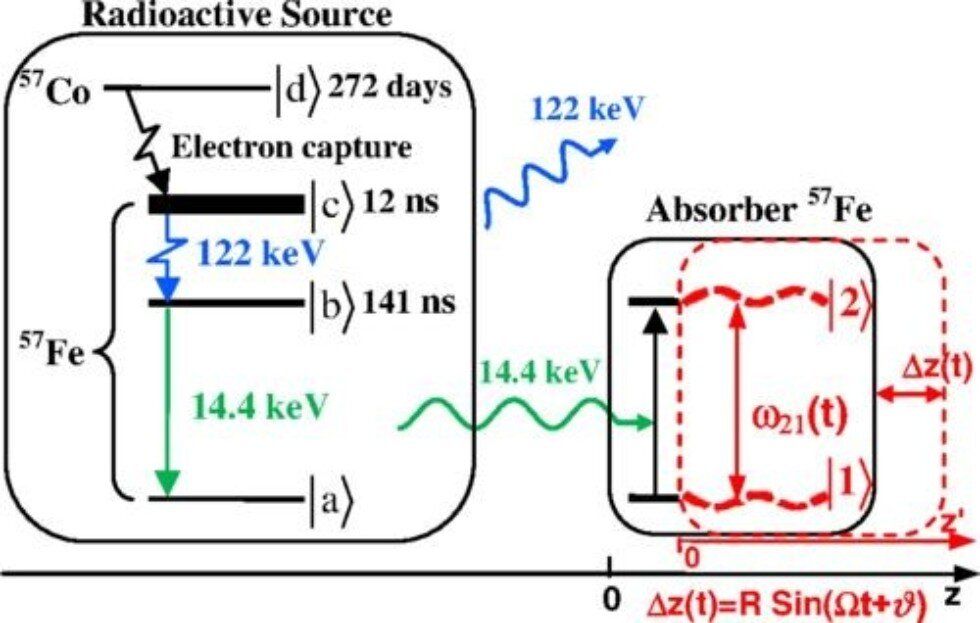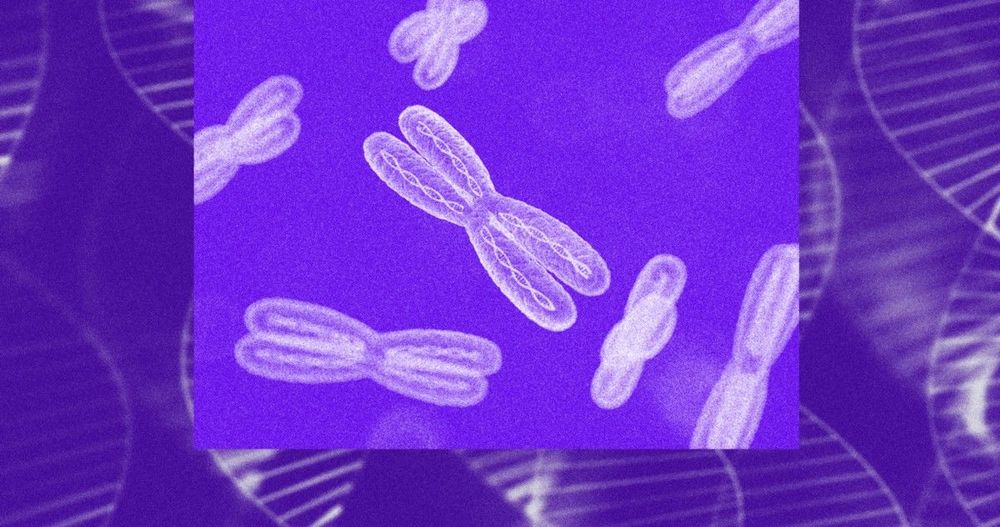Researchers from Kazan Federal University, Texas A&M University and Institute of Applied Physics (Russian Academy of Sciences) found ways to direct high frequency gamma radiation by means of acoustics.
Their paper describes an optical ‘switch’—a device able to let through or stop gamma quanta by switching the acoustic field. Basically, the mechanism makes iron ‘transparent’ for gamma rays when needed.
The Mossbauer Spectroscopy Lab of Kazan Federal University showed acoustically induced transparency of a resonant medium for gamma radiation in an experiment. The essence of this phenomenon lies in the transformation of the spectrum of the absorption line into a comb structure consisting of satellite lines spaced from the main line by the frequency of the acoustic field. For the experiment, gamma quanta with an energy of 14.4 keV were used, which are emitted during the decay of the excited state of the iron-57 nucleus.





